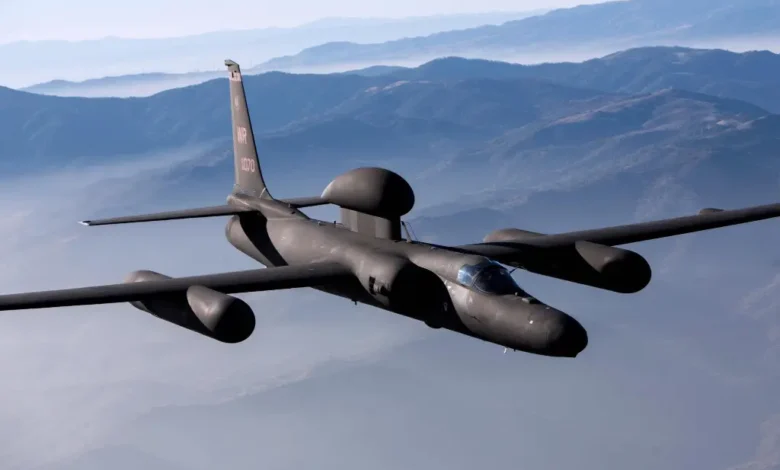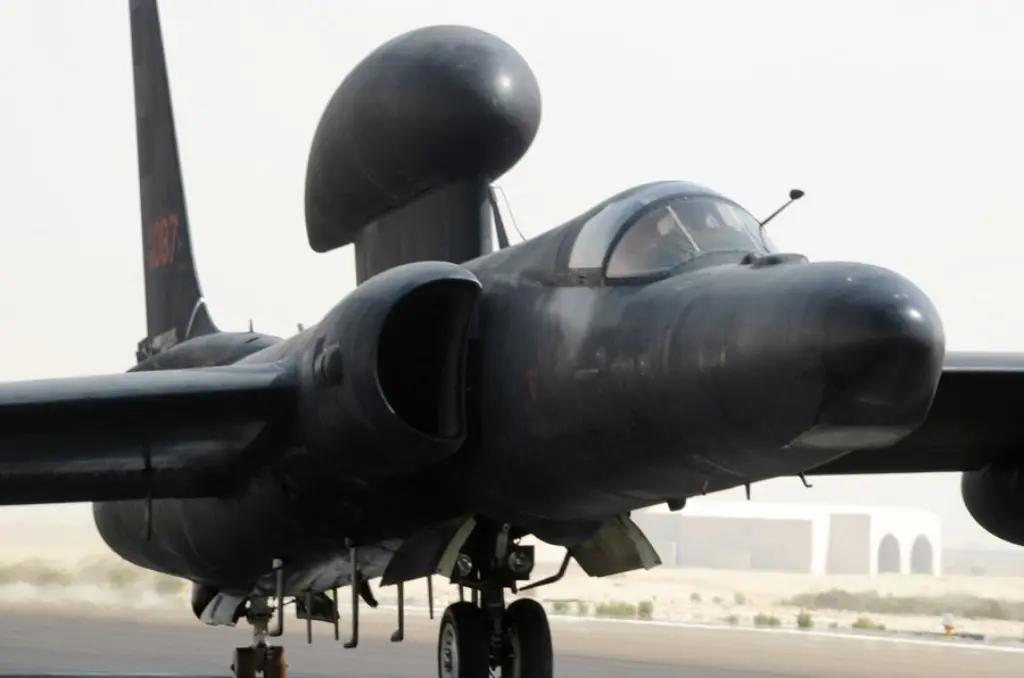U-2 Dragon Lady: History, Features, and Legacy of the Legendary Spy Plane

The U-2 Dragon Lady is one of the most iconic aircraft in the history of military aviation. Designed for high-altitude reconnaissance missions, it has been a key asset for U.S. intelligence for decades. From its debut in the Cold War to its imminent retirement in the 21st century, this aircraft has maintained an aura of mystery and prestige that makes it a legend of the skies.
What is the U-2 Dragon Lady and why was it so important?
The U-2 Dragon Lady is a high-altitude strategic reconnaissance aircraft developed by Lockheed Martin in the 1950s under the legendary Skunk Works team. Its primary mission: to gather vital intelligence on potential enemies by flying at extreme altitudes (over 70,000 feet ) where the radars of the time could barely detect it.
What makes it unique is its ability to fly higher and longer than most conventional fighters and reconnaissance aircraft. Despite its emergence in the midst of the Cold War, the U-2 has adapted to new technologies and needs, remaining operational for more than 65 years .

Origin and history of the U-2: from the Cold War to the 21st century
The U-2 was born as a response to the United States’ need to monitor the Soviet Union during the Cold War. Its first flight took place in 1955 , and it soon became a mainstay of strategic espionage.
- 1960s: The U-2 rose to fame in 1960 when one of these planes was shot down over Soviet territory and its pilot, Francis Gary Powers , was captured. The incident marked a turning point in the Cold War.
- Cuban Missile Crisis (1962): Photographs taken by the U-2 were crucial in the US confirming the installation of Soviet nuclear missiles in Cuba.
- Later years: Although satellites began to take over some of the surveillance functions, the U-2 remained useful because of its flexibility and speed of deployment .
In the 21st century, it continued to participate in missions in Iraq, Afghanistan and the Middle East , demonstrating that it still had a key role to play in the digital age.
Technical characteristics of the U-2 Dragon Lady
Although it was born in the 1950s, the U-2 has received numerous upgrades. Its specifications are impressive even today:
- Maximum altitude: over 21,300 m (70,000 ft) .
- Autonomy: up to 12 hours of continuous flight .
- Speed: close to 805 km/h (500 mph) .
- Wingspan: 31 meters, similar to a medium-sized commercial aircraft.
- Pressurized cabin: The pilot must wear an astronaut-like suit due to the altitude.
Its ultralight design and extremely long wings allow it to reach extreme heights, although they make landing particularly complicated, so much so that it requires support vehicles (“chase cars”) to assist it on the runway.
Maximum altitude and autonomy
The U-2 flies higher than most commercial and military aircraft. Its ability to remain airborne for long periods of time makes it ideal for extended surveillance operations .
Reconnaissance equipment
It is equipped with state-of-the-art sensors, ultra-high-resolution cameras, radars, and electronic intelligence (SIGINT) systems that collect data in real time.
Operational limitations
The cockpit is cramped and uncomfortable; pilots must endure long hours in extreme conditions. Furthermore, due to its design, it is difficult to fly and land , giving it the reputation of being an aircraft “for expert hands.”
Main missions and uses throughout its operational life
The U-2 has been the protagonist of numerous historical and current operations:
- Cold War: espionage on the USSR and Cuba.
- Modern Conflicts: Intelligence Gathering in Iraq, Afghanistan, and Syria
- Natural disaster support: It has also been used for reconnaissance in natural disasters, thanks to its highly precise aerial photography capabilities.
Role in the Cold War
The U-2 was one of America’s most valuable spy tools, capable of penetrating enemy territory without being initially detected.
Use in subsequent conflicts
In modern warfare, it has been adapted to gather data on insurgent movements, strategic targets, and electronic surveillance.
Recent missions
Even in the age of drones, the U-2 has remained active, supporting military and intelligence operations in various regions of the world.
Comparison with other spy planes and modern technologies
The U-2 has shared the spotlight with other giants of aerial intelligence.
- U-2 vs SR-71 Blackbird: The SR-71 was faster (Mach 3), but the U-2 was cheaper and more versatile, so it survived for decades longer.
- U-2 vs. Surveillance Drones: Drones like the RQ-4 Global Hawk can fly without human risk, but the U-2 still offers better flexibility and sensor payload .
- U-2 vs. Spy Satellites: While satellites offer global coverage, the U-2 has the advantage of being able to deploy quickly and adjust its trajectory according to the mission.
The retirement of the U-2 Dragon Lady: What it means for military aviation
In 2023, the retirement of the U-2 Dragon Lady was announced , planned for the second half of the decade. The decision responds to the growing adoption of more advanced drones and satellite systems.
Its departure will mark the end of an era: few aircraft have managed to remain relevant for more than 65 years in active service.
The U-2’s legacy in air intelligence and defense
The U-2 wasn’t just a spy plane: it was a key piece in modern military history.
- It changed the way intelligence was done.
- It influenced the design of later aircraft.
- It demonstrated that the technological innovation of the 1950s could remain relevant for decades.
His legacy lives on as a symbol of the combination of bold engineering and strategic necessity .
Frequently Asked Questions about the U-2 Dragon Lady
How high can a U-2 fly?
Over 21,000 meters (70,000 feet), much higher than a commercial airliner.
Why is it so difficult to fly?
Its long wings and lightweight fuselage make it unstable on landing. Furthermore, pilots spend long hours in a pressure suit.
What will replace the U-2 Dragon Lady?
Primarily the RQ-4 Global Hawk (drone) and advanced satellite systems.
Conclusion
The U-2 Dragon Lady is much more than an aircraft: it’s an icon of aerial intelligence. From the Cold War to the digital age, it proved that a well-conceived design could adapt and remain useful for more than half a century.
His retirement represents the closing of a historic chapter, but his legacy will continue to inspire engineers, military personnel, and aviation enthusiasts around the world.



